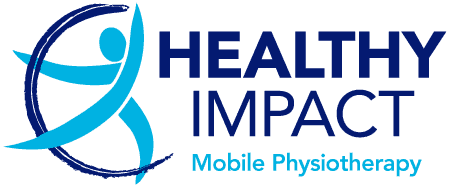Low back pain (LBP) stands as the predominant reason for disability across the globe, presenting a significant challenge to health systems worldwide. It is estimated that over 540 million individuals globally suffer from low back pain that restricts their daily activities at any given moment. This condition does not discriminate, affecting people of all ages and significantly impacting quality of life and work productivity.
In the context of Australia, the prevalence of low back pain is notably high, leading to substantial economic burdens on both healthcare systems and the broader economy. The annual cost attributed to managing low back pain in Australia is approximately $4.8 billion. This figure encompasses not only the direct costs associated with medical treatments and interventions but also indirect costs, such as lost productivity and absenteeism from work.
Moreover, the negative influence of low back pain on Australia’s Gross Domestic Product (GDP) is profound, with an estimated reduction of AU$3.2 billion each year. This reduction in GDP highlights the broader economic implications of low back pain, extending beyond individual suffering and healthcare costs to impact the nation’s economic performance and productivity levels significantly.
There are two main classifications of this pain.
The primary distinction between acute and chronic back pain lies in the duration of the pain and its underlying causes. Acute pain is short-term and typically resolves within a few weeks to months, while chronic pain persists for an extended period and may require ongoing management.
The main cause of this pain is a muscle strain or ligament sprain due to abnormal forces or repetitive actions that the body cannot tolerate without injury. That is, the force applied to the back is greater than the back’s ability to absorb it.
The main risk factor for a low back injury or pain is upper back stiffness and pelvic dysfunction. Restricted movement of the upper back or pelvis means the lower back must move more and absorb more load to cope with tasks of daily living. This leaves the lower back exposed and vulnerable to a potential acute, overloading or repetitive use injury.
Less common causes of low back injuries include arthritis, disc herniation, fractures, cancers, infections, narrowing of the central canal or a nerve root, and scoliosis.
A physiotherapy assessment involves capturing the patient’s history, undergoing a physical examination, and a functional assessment. This is important to help the Physiotherapist identify a mechanism of injury, what activities aggravate or relieve your pain and what functional tasks are limited by your pain. This helps us identify the most effective treatment strategy and how to tailor it to your needs and interests. Finch Therapy can often be a suitable treatment to consider.
Imaging of the back is only necessary usually in severe cases especially if symptoms are not improving with time and physiotherapy. Your GP will determine if imaging is appropriate.
Exercise is the first line of treatment for low back pain. Lots of different types of exercises have shown to be beneficial for this pain. There is strong evidence that education combined with appropriate exercise is the most effective treatment strategy. Evidence also supports the use of patient centred treatments that empower the patient with self-management strategies.


Cookies We sometimes use cookies and other tracking technologies. We do this to improve your experience here on our site. Is that alright with you?
Read more